Detailed description: Difference between digital proofing and traditional proofing
Digital proofing technology is one of the popular technologies in the prepress field in recent years. The so-called digital proofing is to output the data of the page (or printed sheet) produced by the color desktop system without any form of simulation, directly through the color printer (inkjet, laser or other methods) to check the image page of the pre-press process Quality, provide reference samples for the printing process, and provide the basis for users to sign and print.
This digital proofing technology is not simply looking for printed output color samples, but through complex color management software, so that the output samples can reproduce the matching printed samples, including paper, ink and printability and other aspects of matching and similar.
For a long time, whether the effect of digital proofing is consistent with the simulated printing effect is the main goal pursued by various digital proofing color management systems (CMS). Now the digital proofing system can not only output FM dot structure and continuous tone samples, but also output the same AM pattern sample as the subsequent actual printing (dot line number, dot shape, dot angle and dot area). In this way, even if the dichroic film has not been output or the printing plate has not been printed, you can see the actual printing effect from the sample sheet, including whether there are moire, whether there are rose spots, etc., and really do what you see is what you get.
Whether the digital proofing system can be promoted and applied in the pre-press field, in addition to the reproduction of the characteristics of the printing process such as color, gradation, clarity and even dot increase rate, mainly depends on the stability, consistency, output speed, output of the system Many factors, such as format size, system investment, and consumable cost, are used to compare digital proofing with traditional proofing.
After several years of development, the output performance of the digital proofing system and the matching digital proofing color management system and RIP have been significantly improved. Especially this year, after the digital proofing system broke through the bottleneck of output speed, this should be the beginning of the real popularization of digital proofing technology in the field of prepress in China.
Compared with traditional proofing technology, what are the characteristics and advantages of digital proofing technology?
1. Color image reproduction performance
Color image reproduction performance includes the tone range (also called contrast) of the image (including line text), the density or chroma of solid or saturated colors, gray balance, and the reduction of the gradation curve (including bright tone, middle tone, dark tone gradation) Reproduction and reproduction of dot expansion ratio and fine texture.
No matter what kind of color management software, by measuring the standard document color patch to be simulated and the standard document color patch of the equipped printer, the data in ICC format is obtained respectively, and the characteristic calibration file required for the proofing process is established by the color management system software calculation Profile. In this way, all the page image files to be proofed (including the data after PS and TIFF format files after RIP) can be sent to the digital proofing system to output proofing proofs that match the subsequent printing. No matter what kind of paper is used for printing (such as coated paper, offset paper or newsprint, even plastic, cardboard and other substrates), what series of inks, digital proofing system can be simulated. If there are slight differences in the quality of the various digital proofing systems, this mainly reflects the performance differences of the color management software they are equipped with.
Traditional proofing technology, because the proofing machine is different from the actual printing in terms of speed, pressure, imprinting method, etc., it is difficult for the traditional proofing to simulate the actual printing, and it is difficult for the printing to catch up with the effect of the traditional proofing. The proofs of the digital proofing are in actual In use, printing press operators generally feel that it is easier to simulate, because the color difference between digital proofing and printing in the entire color space is smaller than that between traditional proofing and printing.
2. Image Resolution
Since the digital proofing system usually uses inkjet printing or laser printing technology, the output is generally FM dot or continuous tone structure, so as long as there is an output resolution of more than 600dpi, the proofing sample can achieve the effect of amplitude modulation dot 150lpi. Most color printers can now achieve such image resolution.
The RIP of the new generation digital proofing system can output amplitude modulation dots that are consistent with the actual printing effect, so the printer is required to have a higher resolution. At present, the output resolution of the EPSON inkjet printer can be up to 2880dpi, and the HP inkjet printer can be up to 2400dpi. It is no problem to output an AM image that is consistent with the actual resolution. Of course, from the perspective of the actual dot structure, the edges of the dots on the proofs are not as clear as the actual printed dots, but the slight difference is not visible with the mesh. What people need is that the visual resolution of the entire image is the same as the printing.
Traditional proofing may cause the image definition to drop due to inaccurate overprinting, while digital proofing does not have the problem of inaccurate overprinting.
3. Stability and consistency of sample output
There is no doubt that because the digital proofing system is sent directly from the digital page file to the proofing system, it is all controlled and transmitted by digital signals before outputting the proofs, so no matter when it is output, even if the time is separated by weeks, months or even years, The output of the same electronic file is completely consistent. Of course, the premise of this stability is the consistency of the hardware performance of the color printer, such as the size of the inkjet ink droplets, ink and printing.
For the traditional offset proofing technology, in addition to paper, ink, PS version should be kept stable (actually very difficult) and the status of mechanical proofing equipment (such as platen pressure, paper table pressure, blanket and liner height, water roller And the pressure of the ink roller, etc.) should be kept normal, the effect of traditional proofing is also affected by environmental conditions (temperature, humidity), ink management. The influence of many factors such as quantity and uniformity, water-ink balance, etc., the field density of the connected sample during the proofing process cannot be kept consistent, let alone depends on the level of the operator.
Compared with traditional proofing, digital proofing is hardly affected by the environment, equipment, process, etc., and is not affected by the operator. Its stability and consistency are very ideal. Therefore, the digital proofing system is used as a network proofing device, that is, people People can use the digital proofing system to output proofs.
| Measurements (m) | can be customized |
| Certificate |
ISO14001, ISO18000, ISO9001 Certificate,
and GS certificate from TUV Company of Germany.
|
| Color | Various, according to your requirements |
| Materials |
A. Plastic parts: Imported LLDPE E. Outer cover: Soft Covering PVC
(Different material is available according to your needs)
|
| Advantage |
a.Anti-UV
b.Anti-static
c.Security
d.Environmental protection e.Uneasy to lose shape |
| Function |
1.Can protect children safe when they playing indoor, and let they enjoy the play freely 2.Suitable for improving Children energy and imagination 3.Helping them grow up happily, cleverly, and healthily |
| Installation | Professional CAD instruction, assembly procedure and project case . |
| Age Range | Children |
| Apply to | Amusement park, gymnasium, Kindergarten, Preschool, etc. |
| Packing | Standard export packing |
| Remark |
We can design and produce as your requirements |
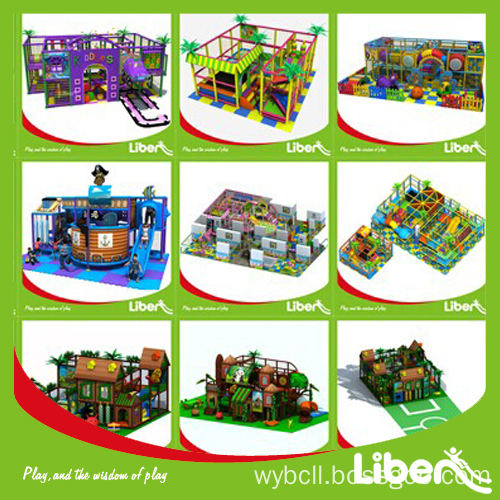

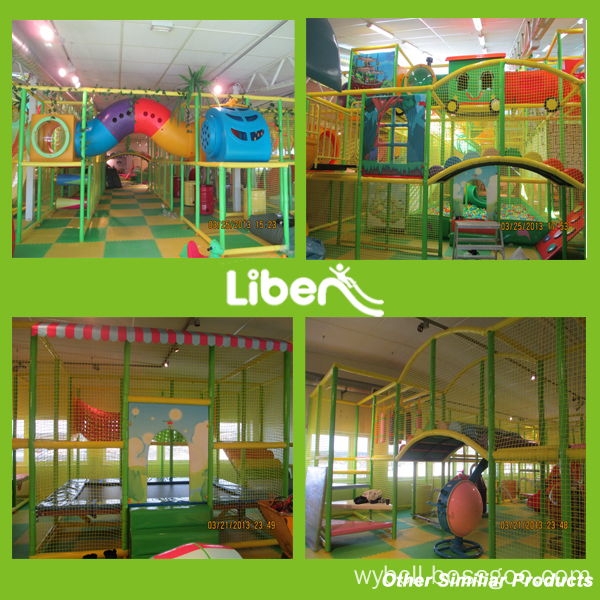
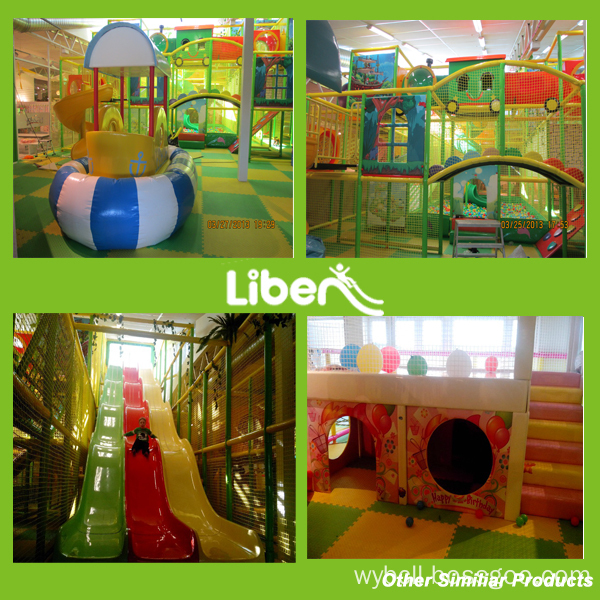

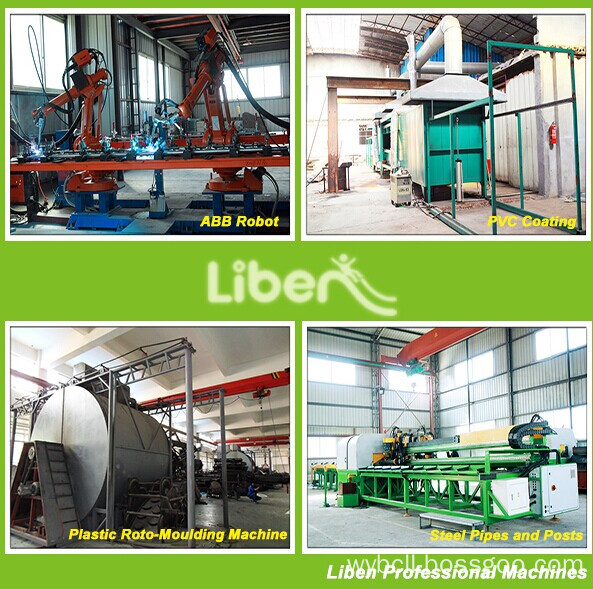
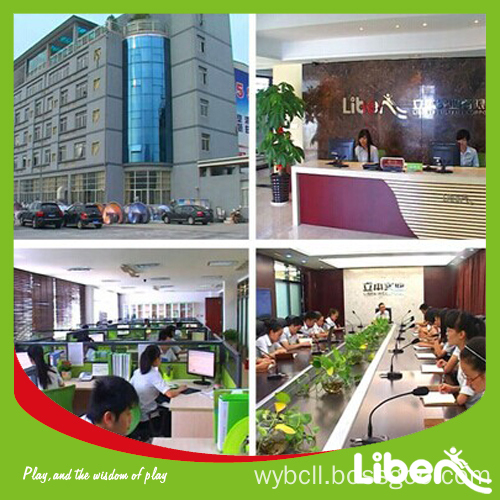
Indoor Playground Equipment, Kids Indoor Playground Equipment, Indoor Playground Structure, Indoor Playground Equipment For Kids
Liben Group Corporation , https://www.indoortrampoline.de